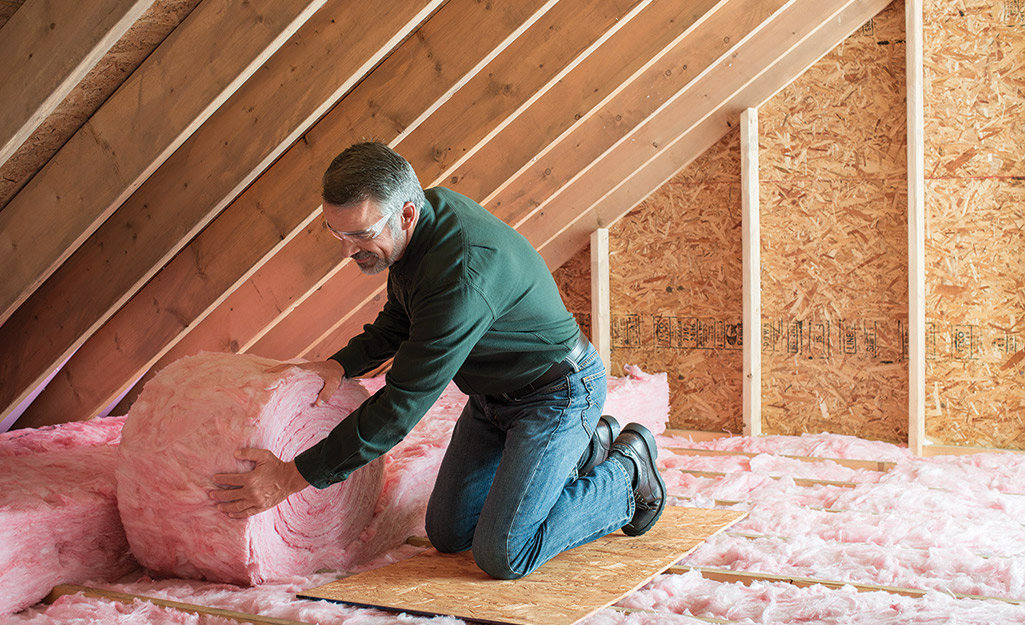Rise by Six: Your Daily Dose of Inspiration
Explore insights and stories that elevate your day.
Insulation: The Best-Kept Secret for Lower Bills
Unlock the secret to lower bills! Discover how the right insulation can transform your home and save you money year-round.
How Insulation Can Slash Your Energy Bills: The Ultimate Guide
Insulation plays a crucial role in maintaining a comfortable temperature in your home while significantly reducing energy consumption. By creating a barrier against the outside climate, quality insulation helps to keep your home warm in the winter and cool in the summer. This not only enhances your living experience but also contributes to lower energy bills. A well-insulated home can reduce heating and cooling costs by as much as 30%, making it a wise investment for any homeowner. Consider assessing your current insulation and exploring options such as fiberglass, foam board, or spray foam to find the best solution for your needs.
Moreover, the type and quality of insulation you choose can impact your energy savings. Insulation materials are rated by their R-value, which measures their thermal resistance. The higher the R-value, the better the material's effectiveness in slowing heat transfer. It’s essential to target areas like attics, walls, and floors, as these locations often account for the majority of energy loss within a home. Incorporating energy-efficient insulation solutions not only slashes your energy bills but also contributes to a more sustainable environment by reducing your carbon footprint. Take the first step towards significant savings by prioritizing insulation in your energy efficiency strategy!

Is Your Home's Insulation Working Hard Enough? Top Signs to Look For
Insulation plays a crucial role in maintaining a comfortable and energy-efficient home. To determine if your home's insulation is working hard enough, start by looking for signs of drafts. If you consistently feel chilly air coming through windows, doors, or other openings, it's a strong indicator that your insulation may be inadequate. Additionally, if your energy bills seem unusually high during extreme weather months, this could signal that your insulation is not performing as it should, leading to increased heating and cooling costs.
Another critical aspect to examine is the temperature consistency throughout your home. If you notice that some rooms are significantly warmer or cooler than others, it may be a sign that your insulation isn't sufficiently balanced. Moisture buildup is another concern; visible signs of mold, mildew, or condensation could indicate poor insulation or ventilation issues. Regularly checking for these symptoms can help you ensure that your insulation is working effectively to keep your home comfortable all year round.
The Cost-Saving Benefits of Upgrading Your Insulation: What You Need to Know
Upgrading your insulation is not just an expense; it is a strategic investment that can lead to significant cost savings over time. By improving your home's insulation, you can reduce heating and cooling costs, as well as decrease energy consumption. In fact, studies show that homes with well-insulated attics and walls can save up to 20% on their energy bills. This means that residents can enjoy a more comfortable living environment while also being kinder to their wallets. Additionally, depending on the region you live in, the return on investment from better insulation might be substantial, often paying for itself within just a few years.
Moreover, the benefits of upgraded insulation go beyond just financial savings. Enhanced insulation can contribute to increased home value, as potential buyers often look for energy-efficient features. By investing in high-quality insulation, you also minimize drafts and improve indoor air quality, creating a healthier living space. To maximize the cost-saving benefits, consider evaluating your current insulation and consulting with professionals who can recommend the best types suitable for your specific home needs. Regularly upgrading your insulation not only aids in reducing your energy bills but also supports a sustainable lifestyle.